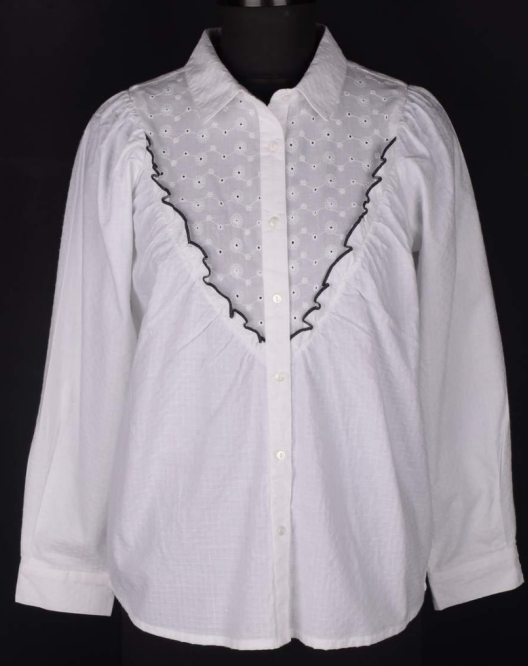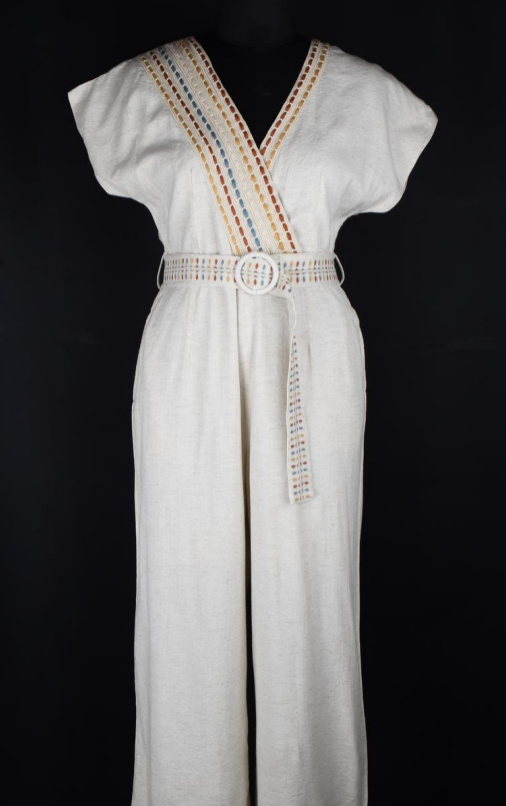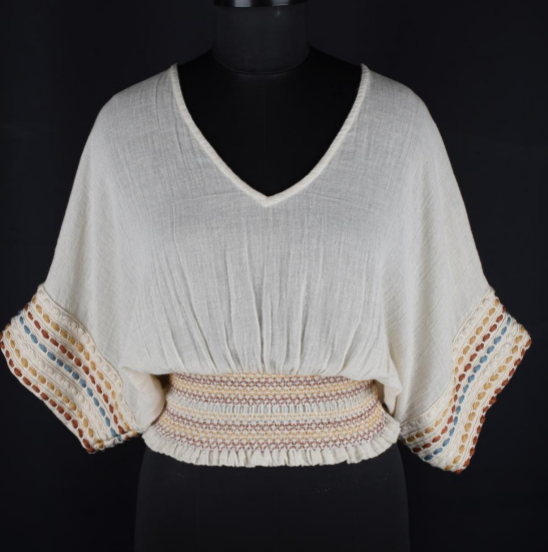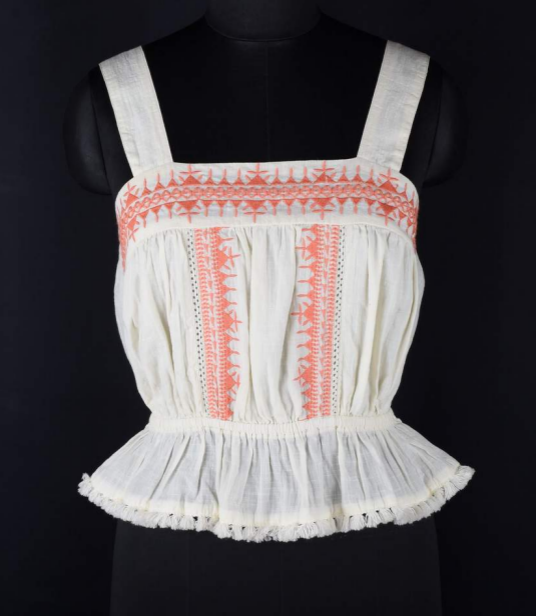Internal Quality Control For Export Garments | Fabric Testing & Color Fastness
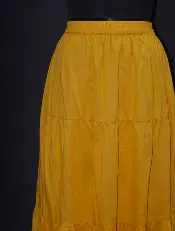
There are some non-negotiable quality parameters in the Indian garment export industry. Failing to maintain these quality parameters can be damaging to your business and reputation, leading to the cancellation of deals. Therefore, it is easily understandable why these quality parameters are important. While you’re managing textile export from India, it is crucial that the textile you're exporting has checked off all these quality parameters that we are going to be explaining in this blog. There are certain global standards, buyer specifications, and garment durability expectations that should be ensured before cutting, stitching, and any further processes. These internal quality control involves several steps that we will be discussing in detail below for your understanding.
Step 1: Fabric Testing - Internal Quality Control
This step is done to ensure fabric quality and compliance with the buyer's requirements and to meet global garment export quality. The step is also required to detect any defects or inconsistencies before cutting, minimizing waste and rework. Detailed steps involved in the fabric testing process include:
-
Fabric Inspection
Once the fabric comes from the supplier, it is first checked visually. The fabric is checked against bulk fabric purchase orders for the correct - shade, width, GSM (Grams per Square Meter), construction (weave/knit type), and finish (like brushing & coating).
-
4-Point Fabric Inspection
The rolls of fabric are laid on a fabric inspection machine and checked for defects. Each defect is given a point (1-4) based on its severity. Like, small holes get 1 point and very large holes get 4 points. Rolls that score less than 40 points per 100 yards can be approved. High-scoring rolls are either sent back to the supplier or it is used for smaller sections of clothing like pockets and trims.
-
Lab Testing
There are some common lab tests that are done for every roll, which include GSM for fabric weight, tear and tensile strength, piling resistance, shrinkage, skewness, and color shade matching using a spectrophotometer and fabric composition through lab analysis.
Step 2: Color Fastness Testing
Color fastness is an extremely crucial part of ensuring garment quality. The color fastness test checks that there’s no color bleed, fade, or transfer from the fabric during washing, ironing, rubbing, or when it is exposed to sunlight or sweat. Here’s a detailed look at how color fastness testing is done internally.
-
Color Fastness to Washing
For washing tests, the fabric is washed in a lab washing machine using standard detergents. After the wash cycle is complete, the fabric is dried, and any color change is monitored and noted. The results are rated between 1 to 5, with 5 being the best. Export garments require a rating of more than 4 for export garments.
-
Crocking Testing
Crocking is color fastness caused due to rubbing of the fabric. To test color transfer while rubbing, a colored fabric is rubbed against a white fabric in both dry and wet conditions. Any dye transfer is noted. This test is specifically performed for dark colored fabrics like black, red, and navy.
-
Color Fastness Caused by Light
-
In a laboratory setting, the fabric is exposed to artificial sunlight-like conditions under a Xenon Arc Lamp. If there’s a color fade over time, it is noted and reported.
-
Color Fastness Caused by Sweat
-
The fabric is tested in a heat and pressurized environment for four to six hours with artificial perspiration liquid of acidic and alkaline nature separately. If there’s any color fastness caused, the reports are noted.
-
Color Fastness Caused by Ironing
-
This test is performed by ironing the fabric is checking for any color change or transfers.
Step 3: Documentation of Fabric Characteristics
To ensure that fabric quality can be traced by manufacturers later on, there’s a detailed documentation process for each fabric before manufacturing starts using it. The documentation includes noting the fabric test reports, such as its GSM, shrinkage percentage, and tensile strength. Additionally, its color fastness reports and roll-wise inspection reports are also documented.
Step 4: Test Results & Resulting Actions
If the fabric has passed all parameters, it is approved for cutting and sent forward to the next step. If there are minor flaws in the fabric, the fabric is generally recommended for non-critical use. A buyer's waiver may also be requested in such cases. Lastly, if there are major defects with the fabric, it is rejected and returned, or replaced by the supplier.
Step 5: Final Fabric QC Before Cutting Floor Handover
The last step of the QC process follows a three-part process. Firstly, the shade grouping of fabric is done to avoid any shade variation in one garment. Next, the fabric is relaxed for 24 to 48 hours by rolling it out to release fabric tension. Lastly, the marker planning is performed based on the actual fabric and shrinkage percentages. And that’s it, the fabric is ready for cutting and assembly.
Conclusion
Despite the stringent internal fabric QC standards, buyers can still request third-party QC for export garments. So, if you’re interested in learning more about the garment and fabric quality control process, check out CheerSagar. Cheer Sagar is among the top garment manufacturers in India with almost three decades of experience as a major manufacturer and exporter of garments, textiles, and apparel. Check out the website to learn more about the offered services.
Related Blog
How To Choose The Right Kids Wear Manufacturer: A List Of Necessary Questions To Ask
Making kids wear is a joyous venture. Everyday you get to make clothing items that will bring joy to a...
Top 5 Global Fashion Trends That Every Apparel Manufacturer & Exporter Should Know About
As an apparel manufacturer, you should always be aware of the latest fashion trends around the world. This helps...
Different Types Of Jackets For Your Wardrobe
When it comes to essentials of the wardrobe, then jackets are the ones, which always have a place in them....

